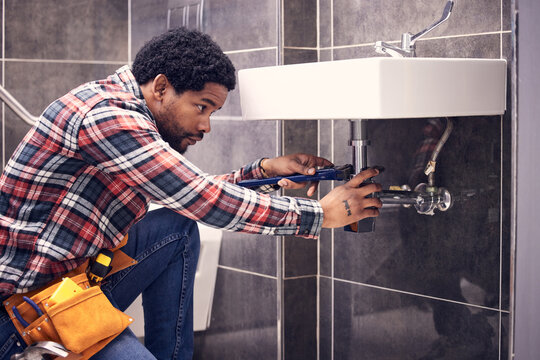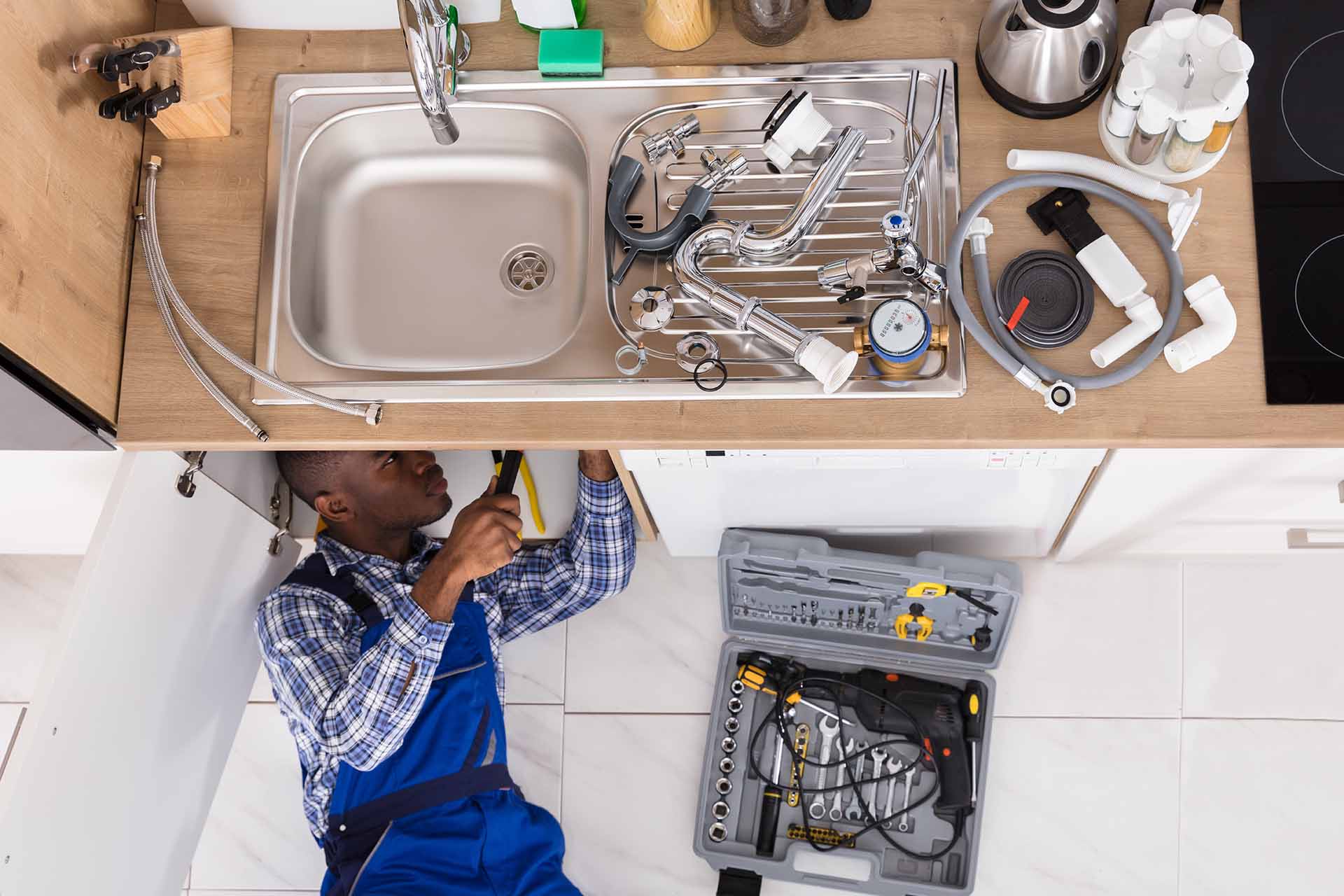Professional Drain Cleaning Alabaster AL to Keep Your Pipeline Flowing
Professional Drain Cleaning Alabaster AL to Keep Your Pipeline Flowing
Blog Article
A Step-by-Step Guide to Reliable Water Heating Unit Setup for Ideal Performance
Starting the job of installing a water heater is an endeavor that requires accuracy and a methodical strategy for accomplishing optimal performance. The process starts with the crucial choice of selecting the appropriate heating unit tailored to the certain needs of your household, thinking about factors such as energy, dimension, and kind source. When chosen, preparing the installation location to satisfy security standards is paramount. Nevertheless, the journey does not end right here. As you continue, the complexities of connecting water lines and establishing reliable electrical or gas connections await, encouraging understandings right into making sure performance and dependability.
Choosing the Right Water Heating System

Next, think about the size and ability of the water heating system. It's important to assess your family's hot water needs, which can differ based on the variety of passengers and their use patterns. A device that's also small may bring about insufficient warm water, while a large model could cause unneeded power usage.
Performance scores additionally play an essential function in choice. Seek hot water heater with high Power Aspect (EF) rankings, indicating premium performance and lowered energy usage. Tankless designs, though commonly a lot more expensive in advance, offer significant power cost savings in time as a result of their on-demand heating capabilities.
Preparing the Setup Location
Before mounting a brand-new water heating unit, meticulous prep work of the setup area is necessary. It's important to measure the room carefully to suit the water heating unit's dimensions, ensuring appropriate clearance around the device for effective operation and servicing.
Next, get rid of any type of particles, dirt, or obstructions from the site to develop a clean atmosphere. Check the flooring for stability, as the hot water heater will certainly need a solid, level surface to run efficiently. If essential, mount a drip frying pan beneath the unit to capture possible leaks or spills, avoiding water damage to the surrounding location. In regions prone to seismic task, think about setting up seismic straps to protect the heating unit securely in position.
Furthermore, make certain that all needed devices and products are on hand prior to commencing the setup. This includes items such as wrenches, screwdrivers, a level, and any additional hardware needed for installing and securing the heating system. A well-prepared setup location sets the foundation for a successful water heater configuration, maximizing efficiency and safety and security.
Connecting Water Lines
When attaching supply of water lines to your recently mounted water heating unit, it is crucial to make sure that all links are safe and leak-free to maintain efficient procedure and protect against water damages. Begin by identifying the hot and cool supply of water lines. The cool water inlet is generally marked with a blue tag or a "C", while the hot water outlet is marked with a red label or an "H".
Usage flexible hot water heater ports to promote an easier installation process. These connectors can soak up vibration and enable for minor movement, reducing the risk of leakages. Before affixing the adapters, position a plumbing's tape around the threaded ends of the hot water heater's inlet and outlet pipes - Plumbing Alabaster AL. This tape acts as a sealer, preventing leakages. Thoroughly attach the adaptable hoses to the particular inlet useful content and electrical outlet, making sure that they are tight however not over-tightened, which can harm the strings.
As soon as links are in location, slowly activate the major water system valve. Evaluate each link for leakages by visually examining and really feeling for dampness. Tighten up connections as necessary, and make certain the pressure safety valve is correctly installed, guarding versus extreme pressure accumulation.
Establishing Electric or Gas Links
Properly establishing up the electrical or gas connections for your water heating system is a critical action to ensure secure and reliable operation. For electric water heaters, begin by verifying that the electric circuit is suitable with the heater's voltage and amperage requirements.
For gas water heating systems, security is extremely important. Attach the gas line to the water heating unit using an adaptable gas adapter, ensuring it is properly threaded and secured with pipe joint compound or Teflon tape suitable for gas links.
Once connections are made, evaluate for any type of prospective leakages. For gas lines, use a soapy water option to the joints; bubbles indicate a leakage. For electrical connections, double-check that all electrical wiring is secure and correctly protected, maintaining conformity with local electrical codes.
Changing and checking for Effectiveness
With the electrical and gas links firmly in location, the next step is evaluating the functional effectiveness of your water heating unit. Begin by carefully turning on the water supply and ensuring there are no leakages at any of the valves or joints.
Following, do a detailed assessment to guarantee the burner or gas burners are functioning appropriately. For electrical heating units, utilize a multimeter to validate if the aspects are drawing the appropriate present. In gas models, observe the heater flame; it needs to be constant and blue, indicating effective combustion.
Readjust the settings as necessary to get rid of inefficiencies. Take into consideration executing insulation measures, such as adding a water heater covering, to even more boost performance by decreasing warm loss. In addition, check the anode pole's condition, as a worn-out rod click for info can minimize efficiency and result in tank rust.
Verdict
Effective water heating unit setup is crucial for making sure optimum efficiency and energy cost savings. Firmly attaching water supply lines and carefully setting up electric or gas links decrease possible concerns.

Properly setting up the electrical or gas connections for your water heater is a vital action to make certain reliable and risk-free procedure. For electrical water heating systems, start by validating that the electric circuit is suitable with the heating system's voltage and amperage needs. Attach the gas line to the water heating system making use of an adaptable gas adapter, guaranteeing it is appropriately threaded and secured with pipeline joint substance or Teflon tape appropriate for gas connections.
Report this page